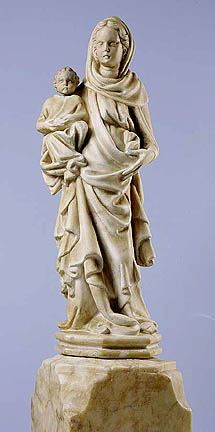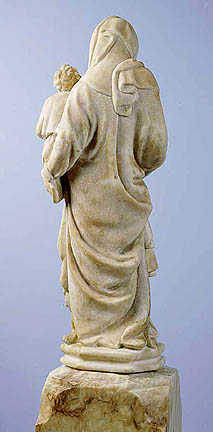
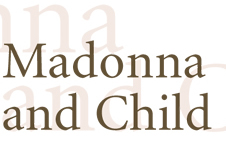



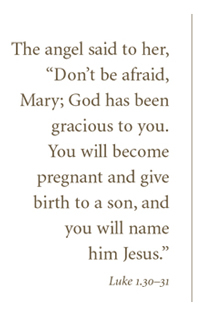
|
Madonna and Child |
|
Italian, 16th century Tempera on wood Saint Luke is credited with painting the first icon of the Virgin and Child in this manner. Known as the Theotokos Hodegetria, Saint Luke’s icon was allegedly shipped from Jerusalem to Constantinople in the fifth century where it was housed in the Hodegon Monastery beginning in the twelfth century. Like all icons, the Theotokos Hodegetria was venerated for its intercessory powers. It was paraded weekly in processions and appealed to particularly in times of crisis until its reported destruction during the sack of Constantinople in 1453. Painted in typical Byzantine style, Mary and Jesus are depicted frontally and set against a flat background. The Theotokos Hodegetria is characterized by the interaction of mother and child. Mary holds Jesus in her left arm and points to him with her right hand, a gesture acknowledging that he is “the one true way.” Jesus lifts his right arm, his hand posed in a gesture of benediction. In his left he holds a scroll, in reference to the Word. |
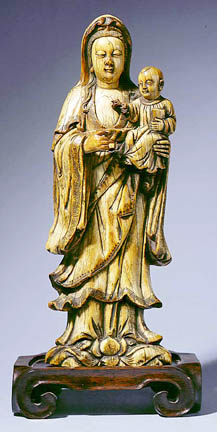 Madonna
and Child (Guanyin) Madonna
and Child (Guanyin)Chinese, late Ming Dynasty (1580-1644) Ivory, rosewood base This figure was carved in China for a European market. It is modelled
on figures of Guanyin, the Chinese goddess of mercy. According to
Chinese tradtion, Guanyin |
